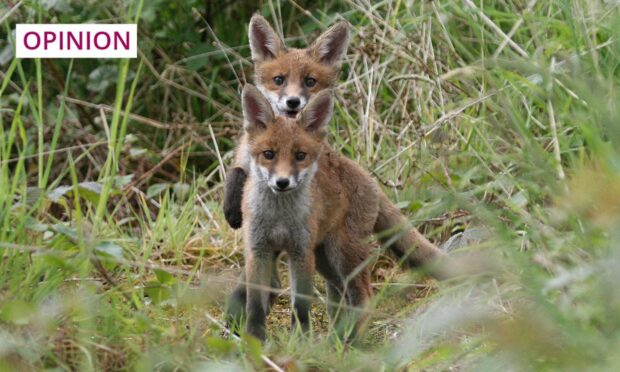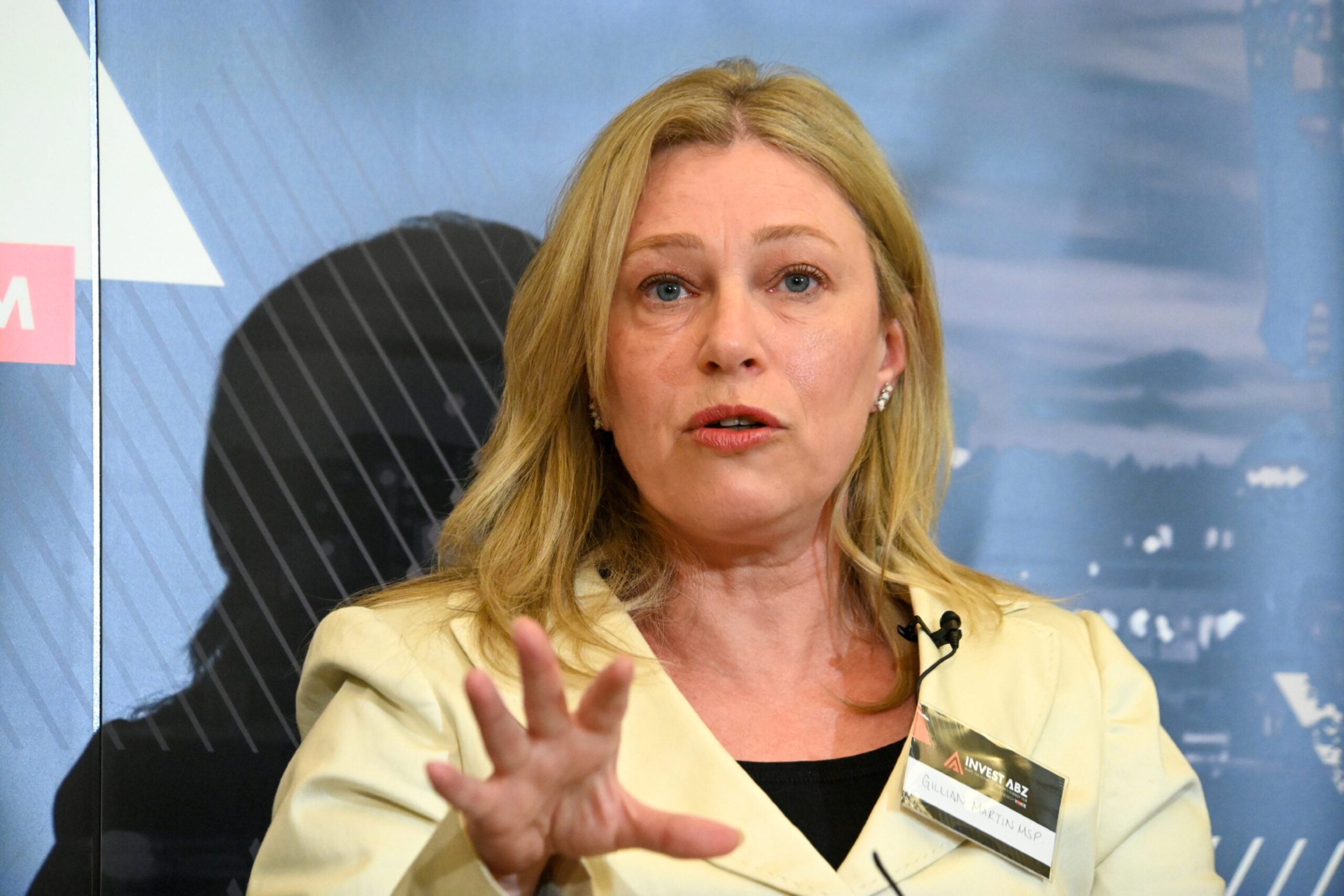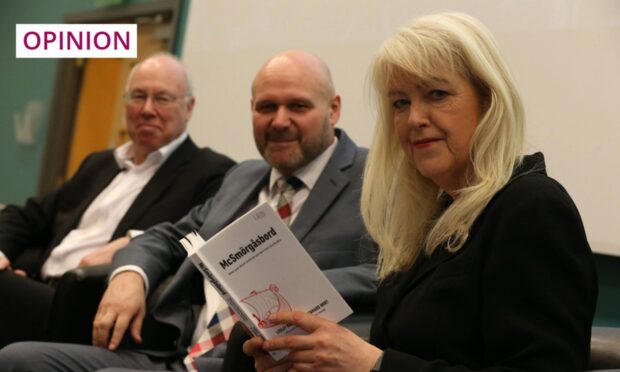As the Stage 1 debate on the Wildlife Management and Muirburn Bill takes place in the Scottish parliament this week, are we starting to sense a sea change in the air for Scotland’s wildlife?
Earlier this year, the Hunting with Dogs (Scotland) Act 2023 was passed, which not only introduced a real ban on fox hunting, but also created a robust licensing scheme for the very rare times when more than two dogs might be needed to flush foxes to waiting guns.
That scheme demands proof that there is a problem, evidence that all other methods have been tried and failed, that animal welfare is maximised, and that the impact of any licences are strictly reported. All this to ensure that a full pack of hounds is, in fact, the correct solution to the correct problem.
After all, no one would want to kill an animal without any justifying evidence and just because they thought it was a good idea – would they?
In the past months, the knotty problem of cruel and inhumane snares surfaced again, in a decades-long struggle to have them removed from the Scottish countryside. The government announced that it was finally minded to ban their use, and put the idea out for consultation. This was met with howls of horror from the landed fraternity. But that might be where the sea change began.
Seeing the writing on the wall for snares, the Scottish Gamekeepers Association finally admitted that snares were cruel. Apparently they always have been, and they should be replaced by “humane cable restraints”. That would sound reasonable, if it weren’t for the fact that the illustrations they used of both devices were identical.
Whatever you choose to call it, a snare is a thin loop of wire that is not only cruel but indiscriminate, and there are countless examples of terribly wounded foxes and non-targeted species such as badgers which have been tortured by these devices.
Agreement that snares are cruel
Interestingly, Scottish Land and Estates (SLE) called for a licensing scheme for snares similar to the hunting with dogs scheme. It suggested that licences should only be issued where there was a documented need, and no other alternative was available.
SLE’s attempt was doomed to failure, because government minister Gillian Martin saw through what was, in effect, a not very subtle attempt to rebrand a cruel and indiscriminate primitive device. At the beginning of this month, she announced that she had rejected the idea of licensing snares, and that she will defend this position in the Stage 1 debate.
What we seem to be left with is a collective agreement that snares are cruel, and that if anyone is thinking of killing wildlife then they should be expected to provide evidence that the animal in question is responsible for the problem its death would solve. They should also be able to demonstrate that all non-lethal steps have been taken to attempt to solve the problem.
If there is no alternative to killing, then the methods used should be of the same high animal welfare standards we expect when animals are killed for eating. And, when the killing has happened, there should be careful analysis that shows the expected outcome did occur, and the problem has been solved. If it hasn’t, then lessons should be learned.
Now, that all sounds very reasonable, doesn’t it?
We seem to be heading in the right direction
At the same time as these developments, the case against killing hundreds of thousands of foxes, stoats, weasels, crows and countless other non-targeted animals will be boosted by a soon-to-be published report from the Oxford Centre for Animal Ethics. Unsurprisingly, this report agrees with the 76% of Scottish people who, when polled by the Diffley Partnership, were completely opposed to killing animals so there can be more grouse to shoot for sport.
The Revive coalition, of which the League Against Cruel Sports is a founding member, is calling for an end to the burning of thousands and thousands of acres of heather for the purpose of increasing the numbers of grouse to be shot for sport.
We seem to be heading in the direction of agreeing that ethical principles need to be applied to human and animal interactions
Revive’s muirburn position is backed by 73% of the Scottish public in the Diffley Partnership polling, and around 700 people who attended Revive’s third annual conference in Perth on November 12. That’s more than the combined number of delegates at the Scottish Green and Scottish Labour party conferences, and not too far behind the number of delegates at the last SNP party conference in Aberdeen.
We seem to be heading in the direction of agreeing that ethical principles need to be applied to human and animal interactions. If that’s the case, there is a sea change indeed.
Robbie Marsland is director of the League Against Cruel Sports Scotland












Conversation